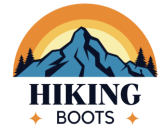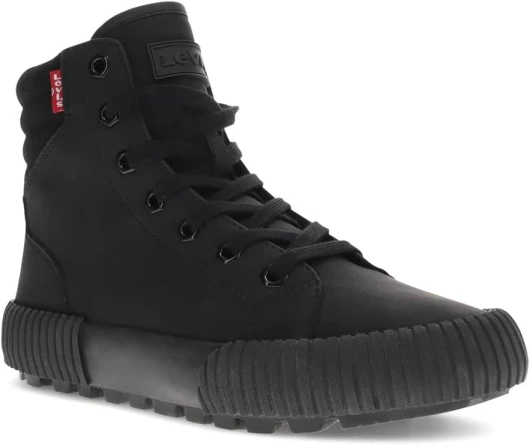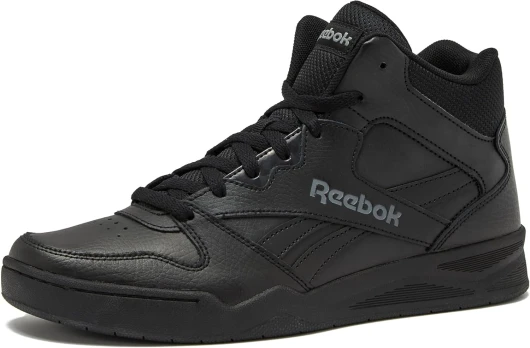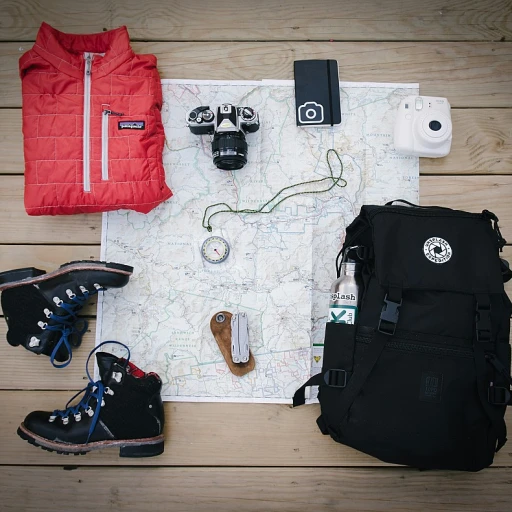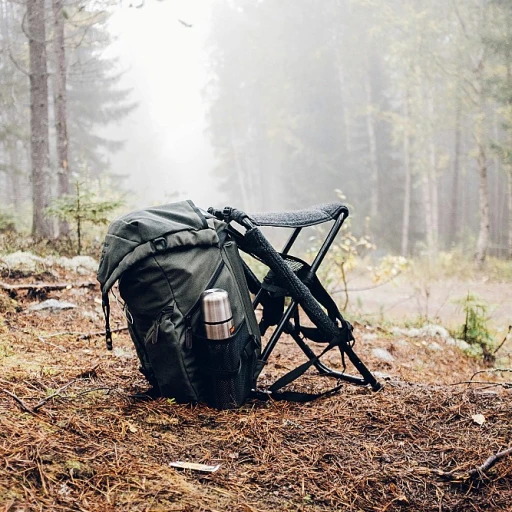
Understanding the Importance of Ankle Support
The Role of Ankle Support in Hiking
When it comes to hiking, the importance of ankle support cannot be overstated. Whether you're traversing rugged terrains or enjoying a leisurely walk, the right shoes can make all the difference. Ankle support is crucial for preventing injuries, especially on uneven surfaces where a misstep can lead to a sprain or worse. This is why choosing the best shoes with adequate support is essential for both men and women.
Why Ankle Support Matters
For those with flat feet or plantar fasciitis, the right hiking shoes can provide much-needed stability and arch support. This is particularly important for women and men who enjoy hiking but require additional support to prevent discomfort. High top hiking boots are often recommended as they offer enhanced ankle support, reducing the risk of injury. Additionally, the right fit can ensure that your feet remain comfortable throughout your hike.
Considerations for Different Activities
While hiking boots are designed for rugged trails, those who enjoy running or walking may prefer shoes with lower ankle support. Running shoes, for instance, are crafted to provide flexibility and cushioning, which are ideal for flat surfaces. However, for hiking, a shoe with a higher top and robust ankle support is advisable. It's important to consider the type of activity you will be engaging in to select the best product for your needs.
For a deeper dive into the significance of ankle support and how it can enhance your hiking experience, check out this reliable companion for every hiker.
Key Features to Look for in Hiking Boots
Identifying Essential Features for Comfort and Safety
Selecting the perfect hiking boots can be daunting, given the vast array of features available to provide adequate ankle support. Here are some crucial aspects to consider:
- Foot and Ankle Support: The best ankle support shoes are designed with high tops to help stabilize the foot and reduce the risk of injury, particularly on challenging terrains. For individuals with plantar fasciitis or flat feet, arch support is also essential.
- Material and Construction: The choice between leather and synthetic material can affect a boot's weight, durability, and water resistance. Leather offers superior durability and water resistance, while synthetic materials tend to be lighter and dry faster.
- Fit and Comfort: A snug fit around the ankle is crucial, but the boots should also offer ample room for the toes. Consider looking for boots available in wide fits if you find regular sizing too narrow.
- Traction and Stability: Good traction is necessary for hiking on wet, rocky, or uneven surfaces. The outsole should provide enough grip to enhance stability and avoid slips.
- Weight: While hiking shoes tend to be lighter and preferable for shorter distances or flat terrains, heavier boots offer more support for carrying loads and rough trails.
- Weather Adaptability: Look for waterproof features if you expect wet conditions. Insulated boots are ideal for cold environments, whereas breathable materials prevent overheating in warmer climates.
When exploring options, keep an eye out for sales to secure the perfect affordable hiking boots that meet your specific needs without breaking the bank. The choices for women, men, and those seeking specific color preferences like black are vast, ensuring you find a pair that matches your style, budget, and hiking requirements.
Comparing Different Types of Hiking Boots
Choosing the Right Style for Your Trek
When it comes to selecting the best hiking boot for ankle support, understanding the different types of boots available is crucial. The variety can be overwhelming, but knowing your specific needs and the terrain you'll encounter can guide your decision.High Top vs. Low Cut: The Great Debate
- High Top Boots: These provide the best stability and ankle support, ideal for rough terrains and those prone to ankle injuries. The extra coverage keeps the ankle secure and reduces the risk of twisting. While they may feel heavier than other options, the comfort they offer is unmatched for those with weak ankles.
- Low Cut Hiking Shoes: Perfect for trails that are better maintained and require less support. They offer freedom of movement and are often more comfortable for longer hikes. However, with less support, they may not be suitable for individuals with flat feet or plantar fasciitis.
Mid-Cut Boots: A Balance of Support and Flexibility
For a middle-ground option, mid-cut boots offer a balance between low and high top styles. They provide increased flexibility similar to running shoes while still offering decent ankle support. This makes them a versatile choice for mixed trails.Trail Running Shoes: Lightweight and Agile
Trail running shoes are designed for speed and adaptability. Although they lack the stiffer sole and support of traditional boots, they are popular among women and men who prefer a lightweight, agile option. Their best use is on less tactically demanding terrains. However, if stability is a priority, additional support shoes may be necessary. To make an informed decision, consider your foot's arch support needs, typical terrain, and any previous ankle issues. Whether shopping for the latest sale price or seeking durability at a regular price, a variety of boots and shoes in colors like black or other preferences are on the market. For those looking for top footwear choices, don’t forget to check out Unveiling the Top Insulated Jackets for Outdoor Adventures for complementary gear insights.Top Brands Known for Ankle Support
Leading Brands Pioneering in Superior Ankle Support
When scouting for the best hiking boots that promise optimal ankle support, several brands consistently emerge as industry leaders. These companies have cultivated a reputation for engineering footwear that helps both men and women tackle the demanding terrains with ease and confidence.- Salomon: Often recognized for their innovative designs, Salomon hiking boots are renowned for their meticulous attention to ankle support and overall durability. Their products frequently come in a wide variety of colors, like the popular color black, and are well appreciated by both genders for their comfort and fit.
- Merrell: Known for balancing performance with affordability, Merrell has designed some of the best shoes that combine comfort, stability, and affordability. Their boots are a preferred choice, thanks to their high-top designs providing excellent support for those long walking or hiking sessions.
- Vasque: Frequently recommended for its high-end hiking shoes, Vasque excels in producing tough footwear with strong arch and ankle support, particularly beneficial for those with flat feet or plantar fasciitis.
- Keen: A favorite among price-conscious shoppers, Keen offers some of the best running shoes that don't compromise on quality. Their ankle support shoes are often highlighted for their fit and substantial price savings during sales.
Tips for Choosing the Right Fit
Ensuring Your Hiking Boots Have the Perfect Fit
Choosing the right fit for your hiking boots is crucial for ensuring optimal ankle support and comfort. The right shoes will prevent injuries and enhance your experience on trails, whether you're enjoying a leisurely walk or embarking on a challenging ascent.
Here are some practical tips to consider when finding the best shoes:
- Understand Your Foot Type: Before purchasing, be aware of your foot shape. Whether you have flat feet, high arches, or require wide sizes, knowing this helps you select hiking shoes that provide the necessary arch support and stability. Some individuals with plantar fasciitis or flat feet may require specific features like extra cushioning.
- Focus on Ankle Support: For those needing ankle support, especially in uneven terrains, opt for high top designs. These shoes offer additional support to prevent rolling or twisting, particularly when carrying heavy packs.
- Consider Gender-Specific Designs: Some brands offer specialized designs for gender, providing considerations such as narrower or wider fits accordingly. This can make a significant difference in the comfort and functionality for both men and women.
- Color and Style Preferences: While black remains a classic choice, selecting a shoe color that suits your style can enhance your overall hiking experience. Moreover, many times you can find these shoes at a sale price or get discounts off the regular price.
- Price Versus Quality: While it might be tempting to go for a low price option, investing in quality hiking boots can pay off in the long term. These product choices often offer better support, stability, and durability.
Remember, the best ankle support comes not just from the boot itself, but from how well it fits your foot. Don't shy away from trying on multiple pairs before making your decision to ensure a snug yet comfortable fit.
Caring for Your Hiking Boots
Maintaining Longevity and Performance of Your Hiking Footwear
Caring for your hiking boots, especially those designed for optimal ankle support, will ensure they last longer and perform well on every trek. Here are some expert tips to keep your shoes and boots in excellent condition:
- Regular Cleaning: After each hike, remove dirt and debris from your boots. This not only keeps them looking their best but also extends their lifespan. Use a soft brush or cloth to clean the uppers and soles. For more persistent stains, a damp cloth with mild soap works wonders.
- Proper Drying: Never leave your hiking boots to dry directly in the sun or near a direct heat source, as this can damage the material. Instead, air-dry them at room temperature. For thorough drying, especially after wet hikes, remove the insoles and let them dry separately.
- Reapply Waterproof Treatments: To maintain their water resistance, it's essential to reapply a waterproof treatment every so often. This is particularly crucial if your boots frequently come into contact with water. Look for specialized products that match your boot's material, whether leather or synthetic.
- Check the Soles: Inspect the soles for wear periodically. If the tread seems worn out or you're noticing less stability on trails, it might be time to consider resoling or purchasing a new pair.
- Store Properly: When not in use, keep your hiking footwear in a cool, dry place. Avoid cramped spaces, and use a shoe tree if possible to maintain shape.
These maintenance steps not only ensure optimal performance and support but also protect your investment. Keeping your hiking boots in top shape guarantees they will continue to provide the ankle and arch support needed for safe and enjoyable hikes.
